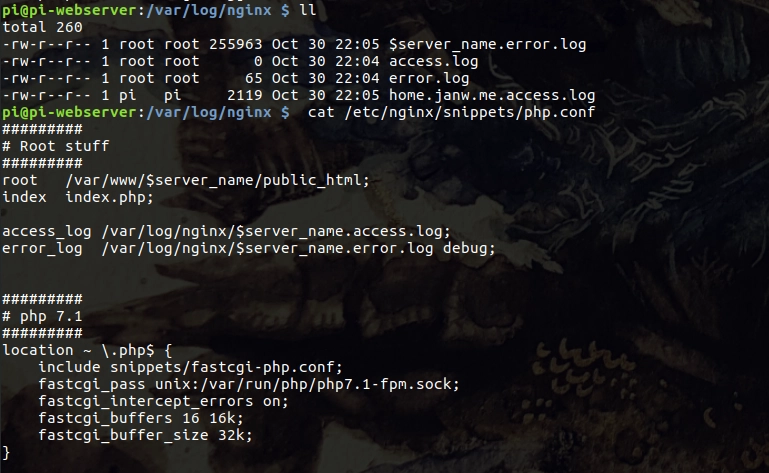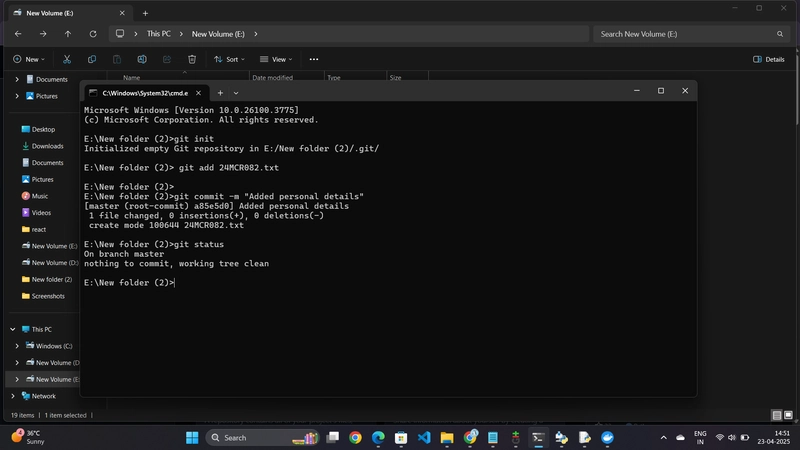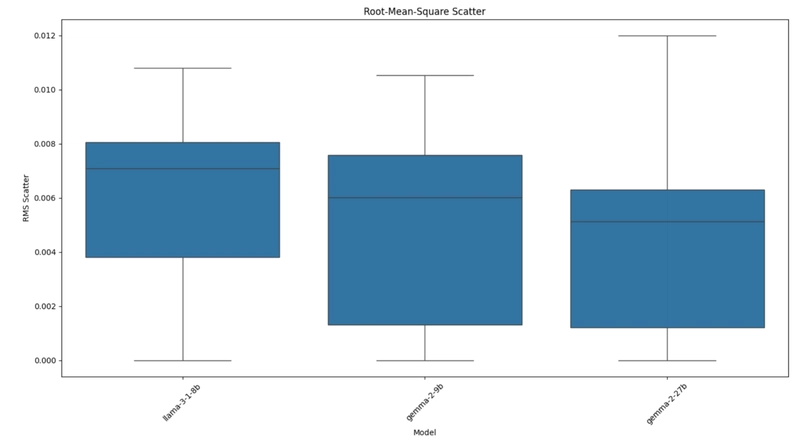Understanding Angular Signals: A New Era of Reactivity
Angular has always embraced powerful reactive programming concepts — from change detection to RxJS-based data flows. But with the introduction of Signals, Angular now offers a simpler and more intuitive way to handle reactivity natively, without relying entirely on RxJS or @Input() bindings. In this post, we’ll explore what Angular Signals are, how they work, and when you should use them in your applications. ⚡ What Are Signals in Angular? Signals are a new reactive primitive introduced in Angular to track and respond to changes in state. Unlike RxJS Observables, which rely on subscriptions and streams, Signals offer a push-based, dependency-tracked model, making change detection more predictable and efficient. Think of them as reactive variables that automatically update anything that depends on them.
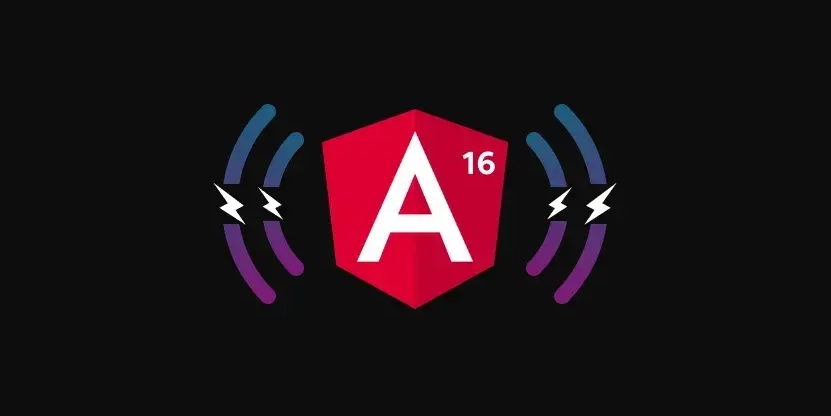
Angular has always embraced powerful reactive programming concepts — from change detection to RxJS-based data flows. But with the introduction of Signals, Angular now offers a simpler and more intuitive way to handle reactivity natively, without relying entirely on RxJS or @Input() bindings.
In this post, we’ll explore what Angular Signals are, how they work, and when you should use them in your applications.
⚡ What Are Signals in Angular?
Signals are a new reactive primitive introduced in Angular to track and respond to changes in state. Unlike RxJS Observables, which rely on subscriptions and streams, Signals offer a push-based, dependency-tracked model, making change detection more predictable and efficient.
Think of them as reactive variables that automatically update anything that depends on them.
























































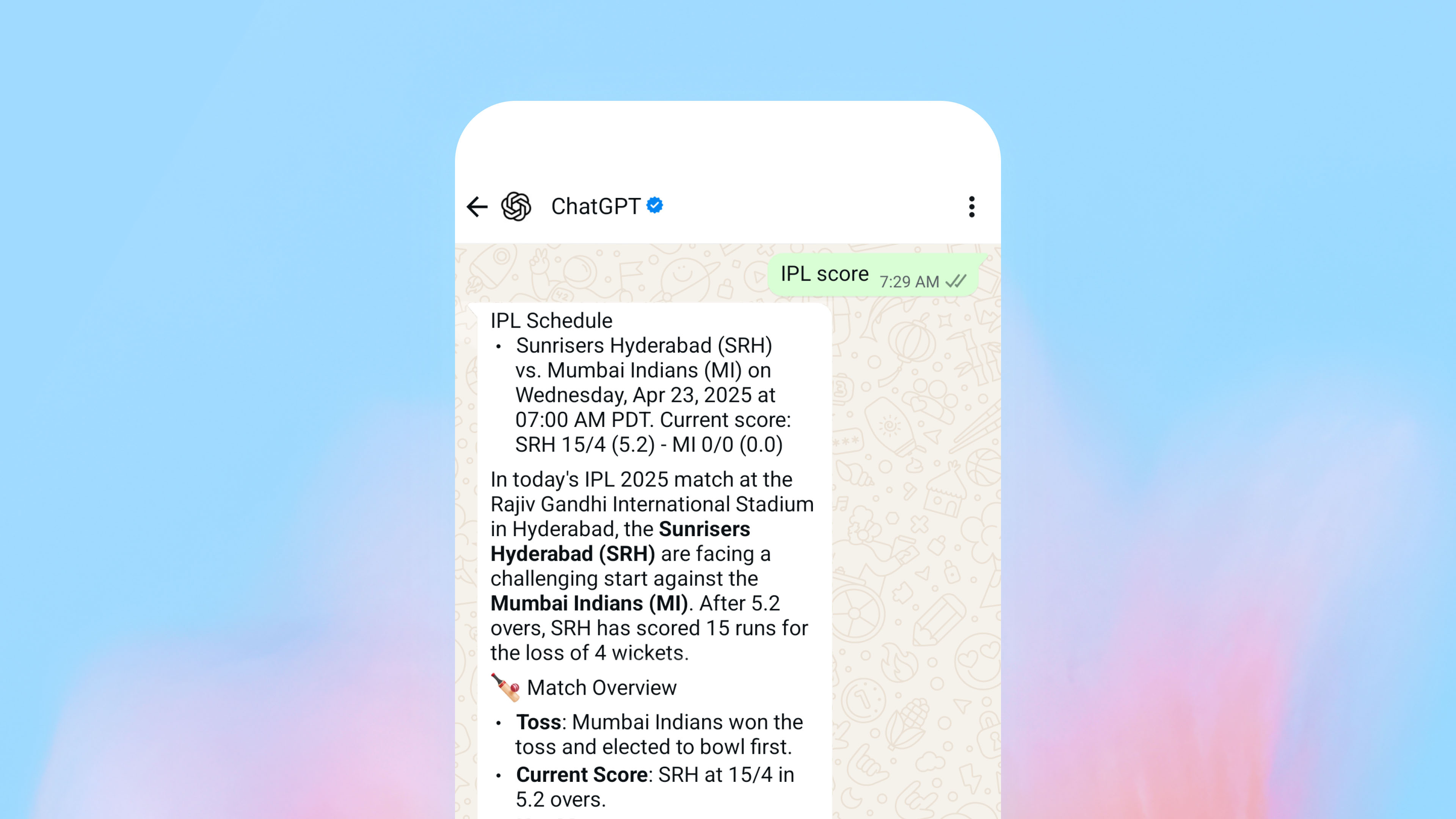















![Standalone Meta AI App Released for iPhone [Download]](https://www.iclarified.com/images/news/97157/97157/97157-640.jpg)

![Apple Seeds watchOS 11.5 Beta 4 to Developers [Download]](https://www.iclarified.com/images/news/97147/97147/97147-640.jpg)
![Apple Seeds visionOS 2.5 Beta 4 to Developers [Download]](https://www.iclarified.com/images/news/97150/97150/97150-640.jpg)















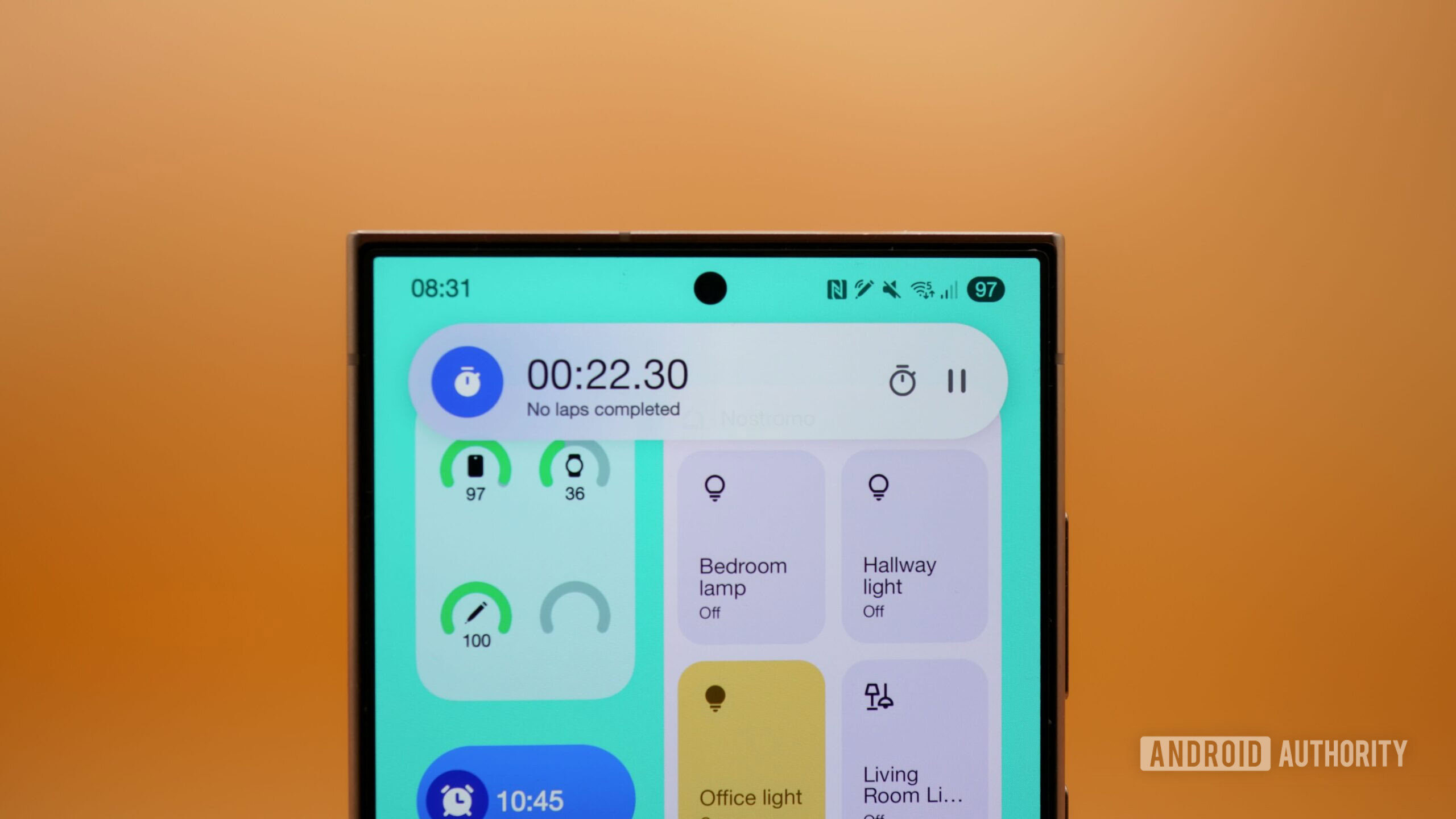







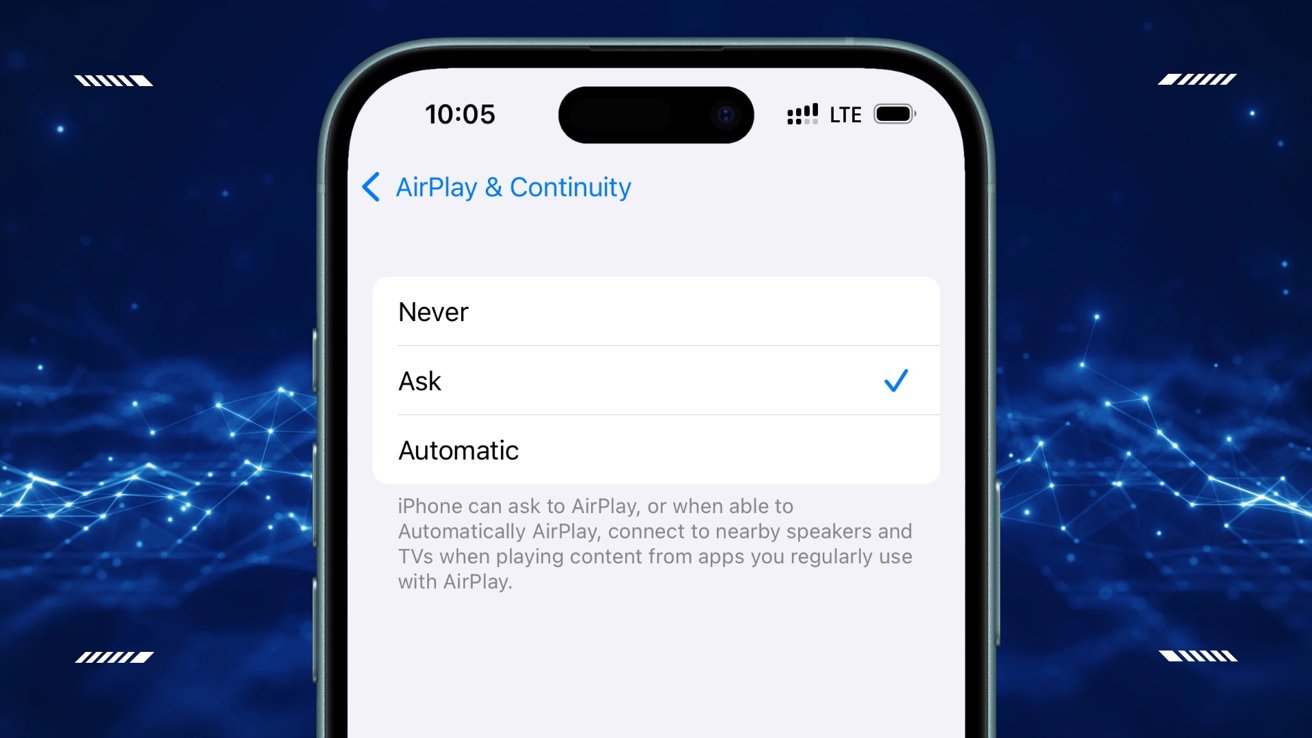
















































































_Vladimir_Stanisic_Alamy.jpg?width=1280&auto=webp&quality=80&disable=upscale#)




























































































































![[The AI Show Episode 145]: OpenAI Releases o3 and o4-mini, AI Is Causing “Quiet Layoffs,” Executive Order on Youth AI Education & GPT-4o’s Controversial Update](https://www.marketingaiinstitute.com/hubfs/ep%20145%20cover.png)





























































































































































